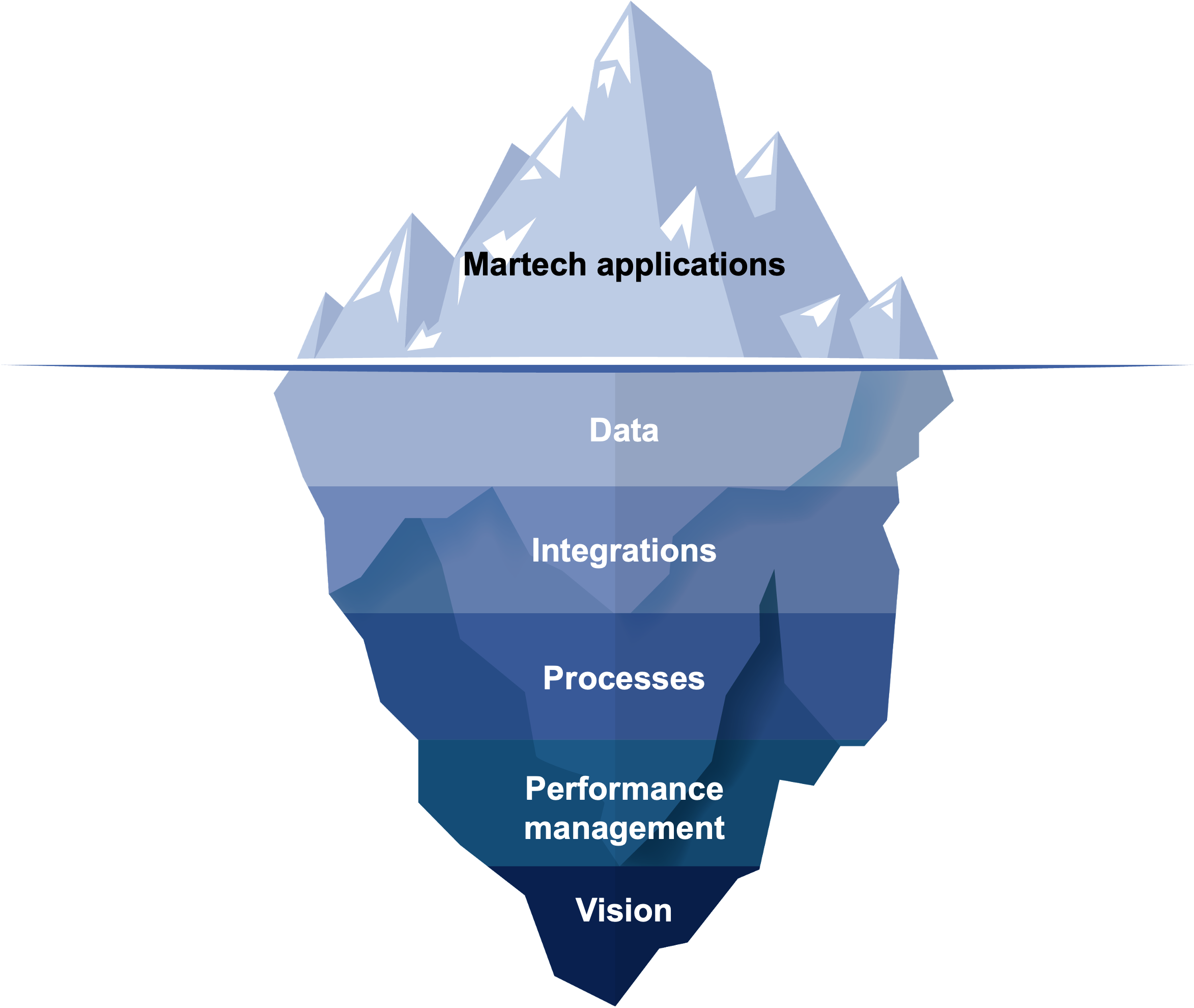The Secret To Martech Success? Think Like A Product Manager
Marketing technology is the backbone of modern customer engagement. It enables businesses to generate customer insights, personalize experiences, and orchestrate campaigns. Our attention often focuses on the technology itself, with a tendency to overindex on features and functionality; however, raw technology isn’t the arbiter of success. Maintaining an advantage is dependent on the people and organizational model that supports the martech ecosystem and transforms disparate technologies and data into a cohesive system.

Martech’s Organizational Challenge: A High-Maintenance, High-Value Ecosystem
Today, the martech landscape is far from static. Martech is built on a dynamic ecosystem of data, integrations, processes, measurement, and strategy. And corporate efficiency mandates, ever-changing consumer trends, and the growing role of AI are just some of the factors driving technical evolution in marketing. This complexity and continuous change makes martech management increasingly labor- and resource-intensive. Companies must hire, train, and organize staff to deploy, manage, and utilize martech. And here’s the catch — none of this is optional. Business growth depends on your ability to effectively leverage marketing technology. The stakes are high, and companies need a future-proof strategy for navigating this environment.
Martech’s Organizational Solution: Deliver Marketing Technology Like A Product Business
What if we stopped thinking about martech as simply a collection of tools, projects, and systems to manage? Instead, imagine treating it like a product — intentionally designed, iteratively improved, and continuously evolving to meet user needs. Conceptualizing martech as a product acknowledges an important reality: Businesses are well positioned to build products when they deploy, integrate, and arbitrate multiple tools and systems. A product approach ensures alignment between these capabilities and the goals of the business. Product teams act as the connective tissue between marketing, IT, and other stakeholders by centralizing martech knowledge and skills, tracking martech delivery and business value, managing vendors, streamlining processes, and balancing short- and long-term plans.
Read Optimize The Organization Behind Your Martech to explore Forrester’s guidance on creating a product-driven martech mindset that maximizes business growth. To learn more about martech and organizational best practices, please request a guidance session or inquiry.
